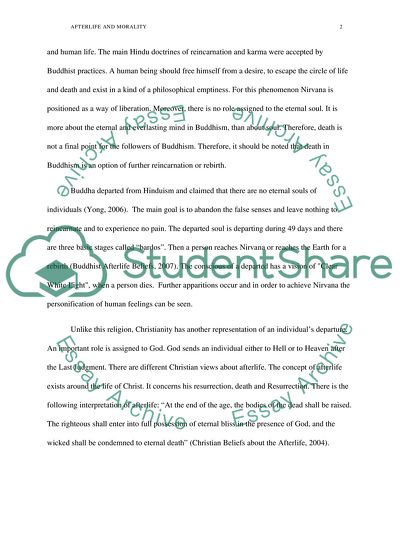Cite this document
(Morality of Buddhism and Christianity Report Example | Topics and Well Written Essays - 1750 words, n.d.)
Morality of Buddhism and Christianity Report Example | Topics and Well Written Essays - 1750 words. https://studentshare.org/religion-and-theology/1762114-compare-and-contrast-two-specific-charteristics-on-buddism-and-chirstianity
Morality of Buddhism and Christianity Report Example | Topics and Well Written Essays - 1750 words. https://studentshare.org/religion-and-theology/1762114-compare-and-contrast-two-specific-charteristics-on-buddism-and-chirstianity
(Morality of Buddhism and Christianity Report Example | Topics and Well Written Essays - 1750 Words)
Morality of Buddhism and Christianity Report Example | Topics and Well Written Essays - 1750 Words. https://studentshare.org/religion-and-theology/1762114-compare-and-contrast-two-specific-charteristics-on-buddism-and-chirstianity.
Morality of Buddhism and Christianity Report Example | Topics and Well Written Essays - 1750 Words. https://studentshare.org/religion-and-theology/1762114-compare-and-contrast-two-specific-charteristics-on-buddism-and-chirstianity.
“Morality of Buddhism and Christianity Report Example | Topics and Well Written Essays - 1750 Words”. https://studentshare.org/religion-and-theology/1762114-compare-and-contrast-two-specific-charteristics-on-buddism-and-chirstianity.


